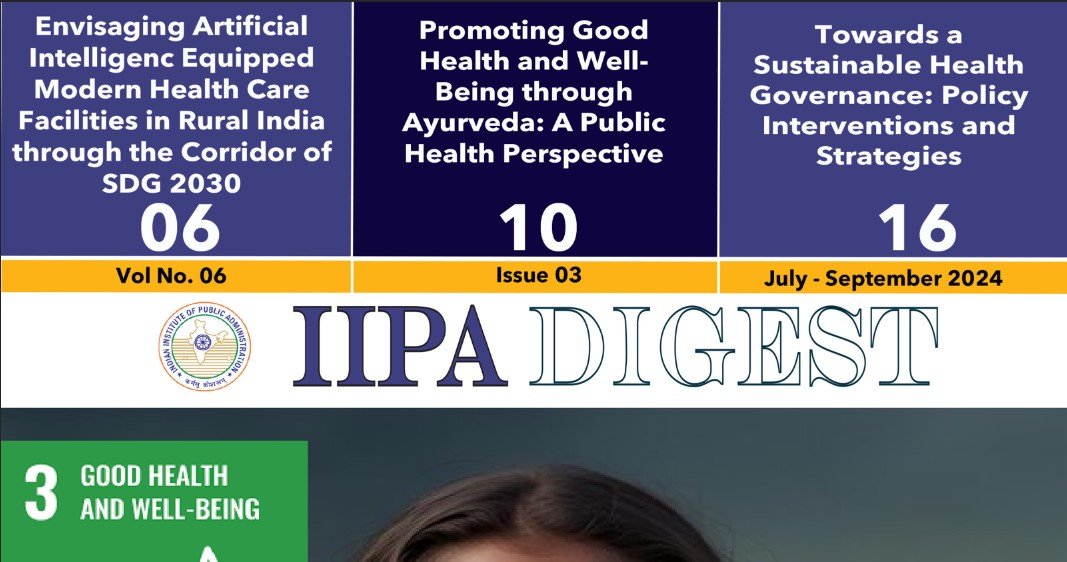Good news is that IMD has predicted 105% of the Long Period Ave rage (LPA rainfall in this monsoon and the monsoon has come 2 weeks early. The sooner we get ready to Catch the Rain, the better, as India desperately NEEDs to Catch the Rain, preferably where it falls, when it falls!
India is considered a water stressed country, with just 1400 cubic meter/capita/year. With just about 4% of fresh water available, India has to cater to 18% of world’s human population, 19Cr bovine population for their food/drinking water requirements. India utilises 85% of its water in agriculture, with poor water use efficiencies, due to the popularly practised irrigation techniques like flood irrigation, over irrigation etc. India is world’s largest extractor of ground water, pumping-out 250 Billion Cubic Meters (BCM) from its deep aquifers. But very few bother to replenish the water extracted, as everyone takes “water for granted”.
Why Catch-The-Rain? Simply, because rains are the only source to replenish water. Rains averaging 1170 mm annually in India come during monsoons, in about 100 hours in a year. That too with vast spatial variations- western Rajasthan getting 313 mm rainfall compared to Andamans’ 2967mm. 80% of total annual flow in Himalayan rivers and 90% in peninsular Indian rivers happen in monsoons. The abundant rainfall causes floods; creates havoc, and then the water drains into sea.
If water extraction is continued with impunity, without replenishing using this abundant seasonal water, the tap would run dry one day. We store only 12-15% of water. After the floods in rainy season, we encounter severe drinking water shortage in summers. To get out of this cycle, we have to do proper water management we need to increase water use efficiency, push for circularity of water for demand side management; conserve and store as much rain water as possible for better supply side management.
Sure, nature gives us enough water to do it! But we are wasting this precious resources, literally sending it “down the drain”. There is very poor water management and rainwater conservation. Water sector operates in silos in India! With multiple ministries/departments handling water in governments, it is difficult to bring co-ordination to plan water management. Ministry of Jal Shakti in GoI and state government departments mainly focus on dams- their construction, maintenance and irrigation systems, requiring huge capital outlays and little attention is given on conserving the rain water, which is a relatively a low cost affair!
While acknowledging big, major/multi-purpose dams, with its high capital, operational and environmental costs, there is need to encourage decentralized, insitu storage of rain water. This is less costly, highly environment friendly, equitable, participatory and hence democratic! Small is beautiful! We need to encourage small, localized RWHS, suited to the agro-climatic and sub-soil strata conditions. Appropriate technologies have to be properly disseminated among the locals. We need to strengthen the institutions of Jal Shakti Kendras, envisaged in the Jal Shakti Abhiyan:CatchTheRain campaign.
While vast open areas of rural areas may still soak up a lot of water, when skies open up, urban areas pose the biggest challenges! High land value have “transformed” many water bodies to real-estate properties. Dumping of debris and solid/liquid wastes have “shrunk-up” the rest! Coverage of large land areas with buildings, roads, concrete and vitrified tiles, high densification of land etc have left no ingress for water to underground aquifers, resulting in almost zero groundwater recharge, and water spills over to low lying areas, causing urban floods.
Catching the rain, where it falls, when it falls has many advantages. It recharges and raises the ground-water table, significantly reducing the utilisation of energy and cost for pumping it out from under-ground using electrical and diesel pumps. India uses nearly 25% of its energy for pumping out ground-water, thus making raising the water-table of very strategic importance! It also improves soil moisture, bring back the top soil to life with thriving colonies of friendly micro-organisms. In hilly areas, “catching the rain to make running water walk, walking water stop and stopping water percolate”, can help rejuvenate spring-sheds and even reduce land-slides! In urban areas, in rainy seasons it will abate urban flooding and mitigate summer water crisis, helping to make “Water-Tanker-Mukth” cities!
To encourage catching the rain, Governments /Municipalities should provide financial and non-financial incentives for saving rainwater. Resident Welfare Associations should be on-boarded with tax rebates, and non-financial soaps. Corporates and industries should come forward to conserve rainwater, apart from reducing/reusing/recycling water. Waterbodies, stepwells, old wells etc are to be identified, protected and deepened.
All these have to be started now, so that we are ready with more storage space to catch as much rain water as possible, when the rain pours down in monsoon. To begin with, we should do the maintenance of our existing RWHS at our house/apartment, which was forgotten after Occupancy Certificate was obtained years back from the municipality! We need to make Jal-Andolan a Jan-Andolan, by maximising catching the rain, where it falls, when it falls.
(Views expressed are personal.)

